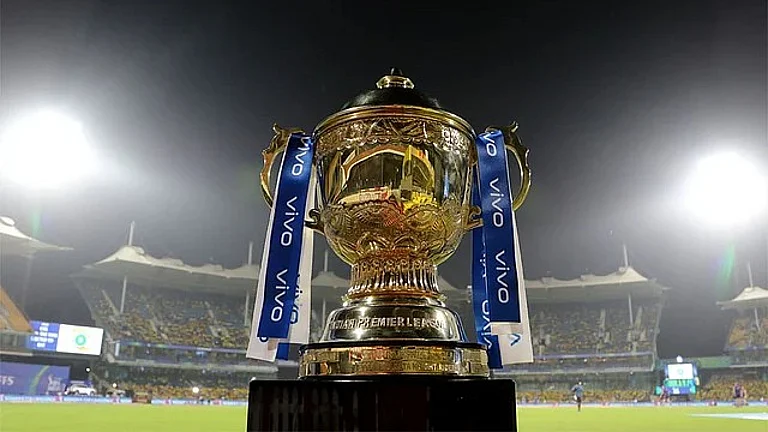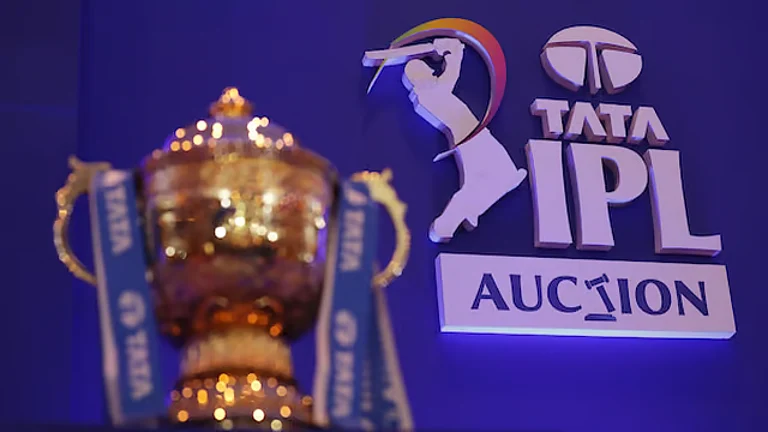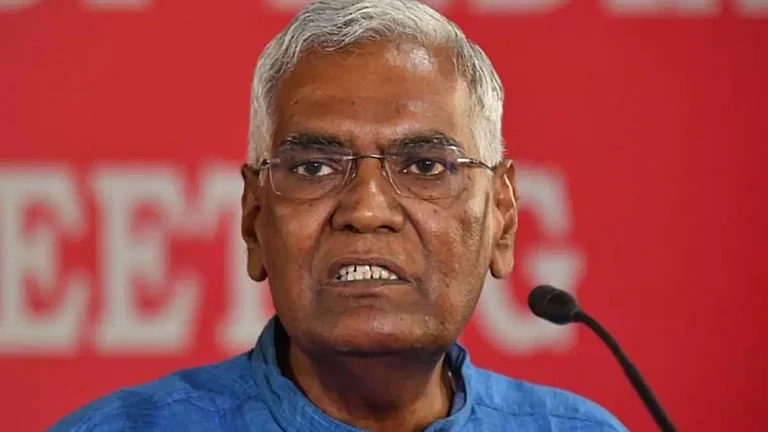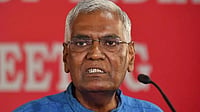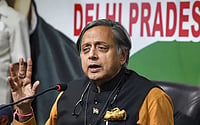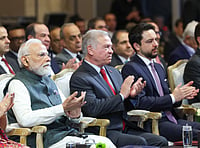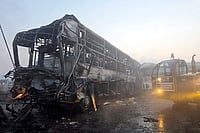Consider this: in the Rs 175,000-crore Indian hydrocarbon sector, exploration began in 1866 in Assam, exactly seven years after the US drilled its first well in Pennsylvania, and the first oilfield was struck in 1889. But the first offshore venture in Aliabet in Gujarat came after eight decades and the discovery of oil in Bombay High in 1976. Since then, the nation has inched little in exploration and production (E&P), save a New Exploration Licensing Policy in 1997.
Or consider Kelkar Committee's reform plan which dreams of a completely deregulated oil sector in 2002. One year to go and we are still only halfway through LPG subsidy is a quarter of import parity instead of 15 per cent, kerosene is still 45 per cent instead of 20 per cent and there's no progressive rationalisation of customs duties.
Or consider the "two-steps-forward-one-step-back" tangos that follow every hike in administered prices for petro goods. The last hikes in September were steep but a partial rollback seems imminent to allow the NDA to remain in power.
Is there no hope? The answer is best given by a senior ministry official: "Oil has always been entwined with national strategies and global supremacies but in India, political issues are still the factor which most delays decision-making. And this is unlikely to change." Indeed, why else would the government continue to heavily subsidise kerosene and allow its smuggling (almost 4 million tonnes) into Nepal and Bangladesh, where this poor man's fuel is priced higher?
The current global oil crisis only underscores the gravity of the situation. Demand for petroleum will exceed 112 million tonnes (mt) by 2001-2. With a production of about 30 mt, the import bill comes to Rs 125,000 crore. Crude reserves are pegged at 6.85 billion tonnes (against 7.32 bt in 1995-96) and gas reserves at 675 billion cubic metres with recoverable reserves at 2.5 bt. The restructuring group had estimated an investment of about $100 billion up to 2010, a figure many admit is difficult to achieve because of a host of reasons ranging from fluctuating global crude prices to the delay in dismantling the administered pricing mechanism (APM).
It's the same story with gas. "The gap between current supply (68 mscmd), million standard cubic metres per day) and demand (146 mscmd) is widening and demand will rise by another seven to eight times in the next decade," says a senior official of the state-owned Gas Authority of India Ltd. Precisely the reason why several MNCs have finalised mega plans for the sector.
Even if they haven't bitten the E&P bait yet, despite the Directorate General of Hydrocarbons claiming rich deposits in the eastern region, sufficient to meet the country's energy needs for another 400 years and despite the many sops offered. And nearly 60 per cent of hydrocarbon reserves (3.14 million sq km of sedimentary basins) remains unexplored. Experts feel the problem is further compounded by the ONGC's inability to undertake such costly and extensive operations. In a study submitted to the ministry in March, it was pointed out that ONGC is yet to develop as many as 68 structures in Bombay High.
In fact, the MNCs are interested more in the lucrative, multi-crore crude marketing sector.Insiders claim they have conveyed to the ministry of their lack of interest in E&P and keenness in the scrapping of APM by April, 2002. "The MNCs have a better option in Central Asia, so why look towards India? For example, which Indian field can be compared to the Tenzig field of Kazhakstan which has 9 billion tonnes of in place reserves and has got Chevron?" asks a senior official of an oil major.
Adds a senior Indian Oil manager: "When the fundamentals change substantially, the industry must quickly reorient its organisational structure and reassess its business strategies and assets. It's just not happening in India."
For instance, he says, after the 1986 price collapse, the oil industry in the West did some major restructuring to cut costs. "The cost of finding and developing a barrel of crude came down from $21 to under $5 between 1981 and 1996. All the recent mega-mergers—Exxon-Mobil, BP-Amoco-Arco and Total-Petrofina—have cost-cutting as the main objective," he says.
Apart from the general mess that the sector is in, there are specific areas where controversies are the norm.
Questionable awards: Initial response to E&P offers were cool since the government insisted on private players partnering ONGC. The problem was rectified in the second round of exploration policy offers and a host of sops announced, but the damage had been done. Controversies continued in awarding the oil and gas fields as well. For example, the government in 1994 awarded the Ravva oilfield to a consortium of Videocon, Marubeni and Command Petroleum of Australia against the special committee's recommendations which categorically said Videocon had no experience in the sector while Marubeni was merely a trading house. Tensions of gross financial irregularities continued to haunt the second contract of the 1995 Mukta-Panna deal to the Reliance-Enron combine.
Red tape and delays: It took more than 18 months for the ministry to sign the letter of intent with companies which picked up oil and gas fields in the first round of bidding in 1994. The Kelkar Panel told the government to get out of the sector by privatising all oil and gas PSUs by 2005 but the government may hold on for "strategic reasons".
CAG charges: The government took little note of the damning disclosures made by the Comptroller and Auditor General (CAG) about the APM. The CAG alleged that the ministry and the Oil Coordination Committee allowed overpayments to the tune Rs 6,321 crore to oil companies over a six-year period starting 1993. This includes excessive pre-tax returns to oil companies, high demurrage charges, power purchase at high rates (despite having captive power capacities) and different margins for distribution. Neither the ministry nor the oil firms—private and state-owned—have reacted to the report, while Opposition parties have found it a handy tool to beat the government with.
Rethinking on ONGC: The government is in two minds over giving up its 84 per cent stake (worth Rs 1,426 crore at current prices) in ONGC. With 35 per cent equity divested from the current holding, it is unlikely to get more than $1.5 billion (current price of Rs 150 a share), which can be easily raised by privatising some of its oilfields, says a section of the ministry. But a controlling stake in ONGC will mean safeguarding India's access to hydrocarbons and ensuring self-reliance. Also, the argument goes, many nations have helped their oil companies acquire prospective acreages outside their countries (like Total of France, Chevron of the US or Agip of Italy).
LNG crisis: The external affairs ministry seems reluctant to influence Bangladesh to export its reserves to India, especially after the failed venture of getting gas from Central Asian fields.
The solution is well-known. Experts feel the nature of the petroleum market needs to be changed from being a closed club of limited players to a more open system allowing more private players.This is no different from what a government sub-group noted a decade ago, saying that the APM had created nothing but anomalies in the system and suggesting that PSUs should operate in a market-driven industry with MNCs and the private sector, since government control will prevent operational and strategic autonomy and "being subject to multilayered scrutiny, companies will avoid the risk-taking process."
Asked how officials from oil PSUs perform so well in the private sector, Mukesh Ambani, chief of Reliance Petroleum—which is manned by ex-PSU staffers to the extent of more than 50 per cent—remarked: "Because they do not have the fear of CAG and CBI." He's right. The hydrocarbon sector needs competition and fast. The faster the better for the government and the economy.







